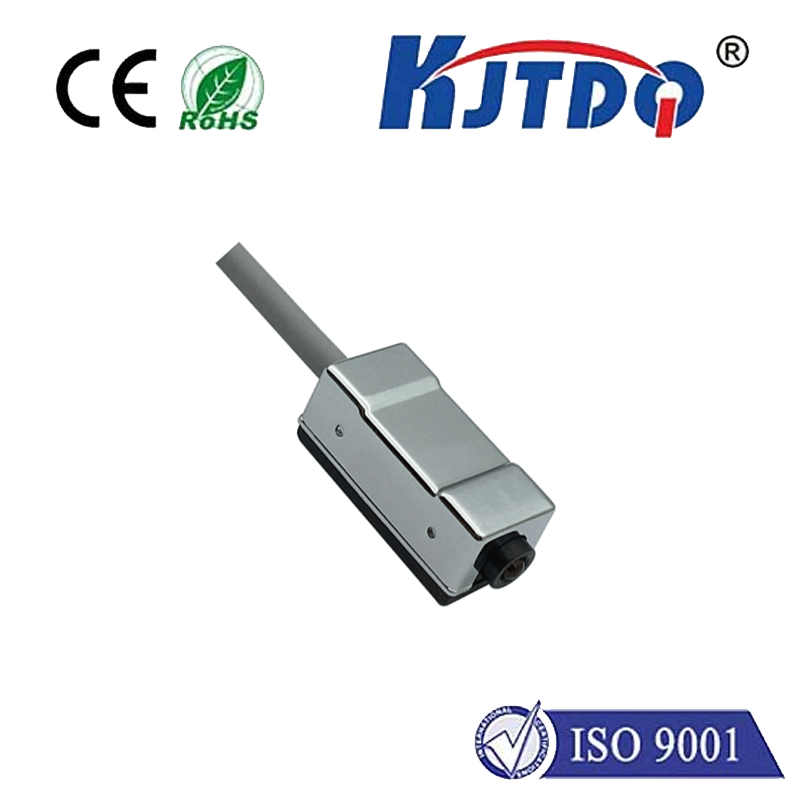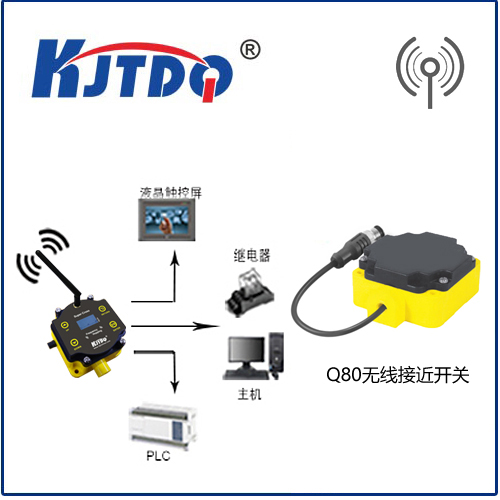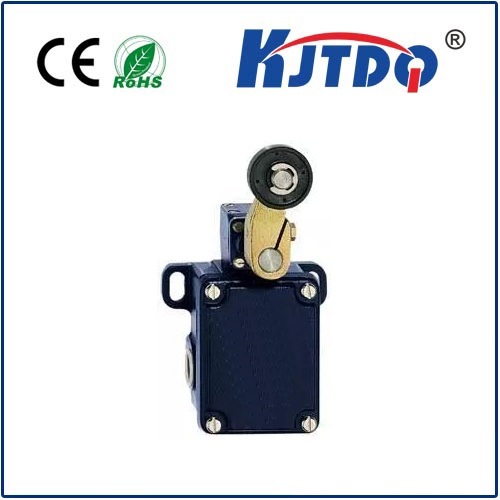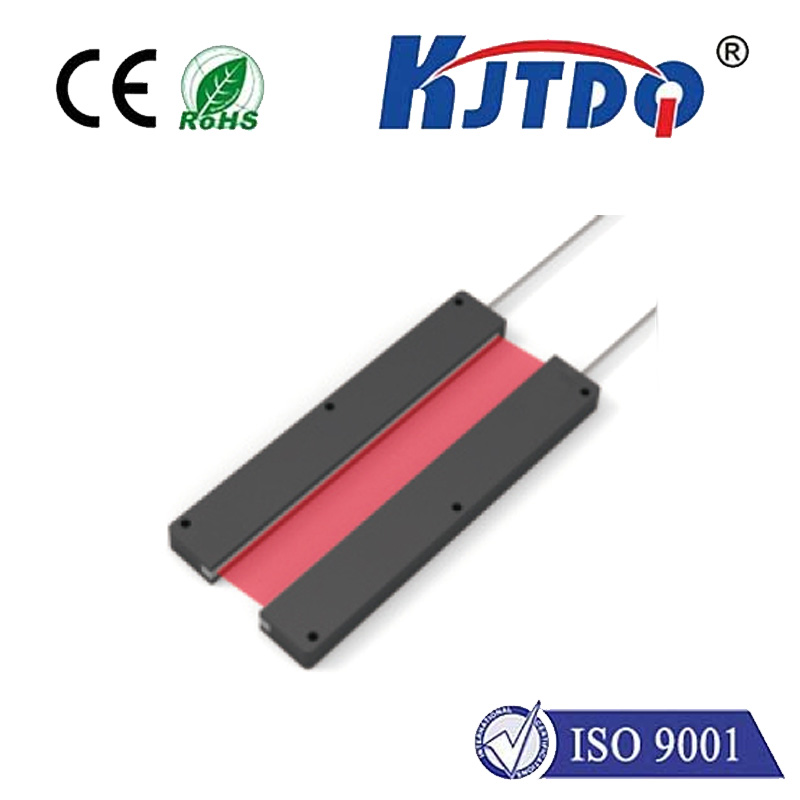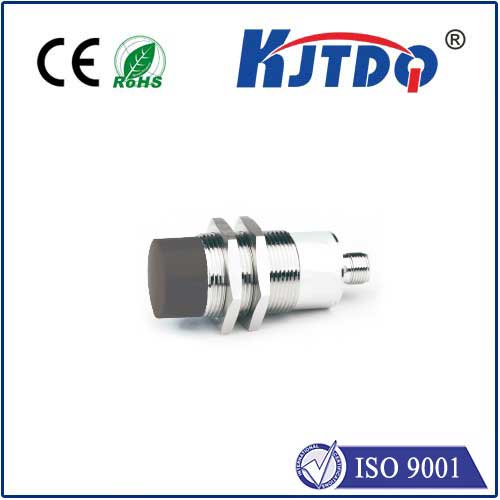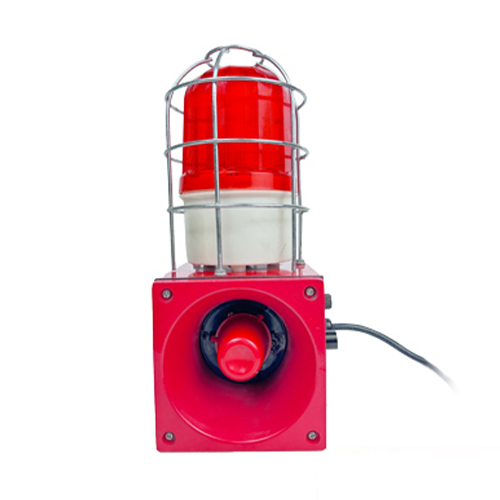limit switch lever
- time:2025-09-12 03:31:39
- Нажмите:0
The Limit Switch Lever: The Unsung Hero of Precise Machine Control
In the intricate dance of automated machinery, countless components work silently in concert. Sensors monitor, controllers command, and actuators move. But mediating between the physical world of moving parts and the electrical world of signals is a critical, often overlooked component: the limit switch lever. This seemingly simple mechanical arm is the frontline interpreter, translating physical contact into the precise electrical commands that keep processes running safely and accurately. Understanding its function and importance is key to appreciating the robustness of modern industrial systems.
More Than Just a Switch: The Lever’s Defining Role
A limit switch itself is a fundamental electromechanical device designed to detect the presence or absence of an object, or to determine its position or end-of-travel. It achieves this by having its electrical contacts change state (open or close) when actuated. This is where the limit switch lever becomes indispensable. It is the actuator specifically designed to interact physically with the target object or machine part.
Think of it as the “finger” of the switch. Instead of the moving part directly hitting the sensitive switch body, it contacts the lever. This lever then transfers that mechanical force reliably to the switch’s internal mechanism, triggering the contact change. This seemingly small separation provides significant advantages:

- Protection: The lever absorbs the initial impact and mechanical stress, shielding the often more delicate internal switch components from damage, wear, and shock.
- Versatility in Actuation: Levers can be engineered to respond effectively to different types of motion – linear movement, rotational movement, or even vibration – simply by choosing the right lever shape and mounting orientation.
- Adjustability: Many levers incorporate features like adjustable mounting angles or pre-travel settings, allowing engineers to fine-tune the exact point at which the switch triggers relative to the target object’s position.
- Extended Reach: Levers enable the switch body itself to be mounted safely away from the immediate point of contact or from dangerous environments, while the lever extends into the necessary position.
Diverse Forms for Diverse Challenges
The term “lever” encompasses a variety of designs, each optimized for specific applications and actuation methods:
- Roller Lever: Features a rotating roller wheel at the end. This is ideal for applications involving high-speed, sliding, or rolling contact (e.g., conveyor belts, moving cranes, automated guided vehicles), minimizing friction and wear.
- Wobble Lever (or Flex Lever): A short, spring-loaded lever that can be actuated from almost any direction. Excellent for applications where the direction of approach might vary or space is constrained.
- Rigid Lever (Straight Rod Lever): A simple, solid lever arm. Provides precise actuation in a single direction and is often very robust.
- Fork Lever: Shaped like a “U” or fork, designed to straddle an object or detect features on a rotating part.
- Adjustable Lever: Features a pivot point or length that can be modified to precisely set the activation point.
Why the Lever is Absolutely Critical
The choice and proper implementation of the limit switch lever directly impact the performance, safety, and longevity of the entire system:
- Safety: Limit switches are frequently used as critical safety interlocks on machine guards, emergency stops, or to prevent over-travel on dangerous axes. A robust, reliable limit switch lever is paramount to ensure these safety functions activate consistently when required.
- Precision Control: In positioning systems (CNC machines, robotics, valve controls), the repeatability of the lever’s actuation point determines the accuracy of positioning feedback. Consistent lever design and material ensure minimal deviation over repeated cycles.
- Долговечность: Machinery operates in harsh environments – vibration, dust, moisture, temperature extremes. The lever acts as the first line of defense. Selecting a lever with the right material (stainless steel for corrosion, impact-resistant polymers) and design (sealed rollers) ensures longevity.
- Reliability: A failed lever (bent, jammed, worn) means a failed switch signal. This can lead to machine malfunctions, production stoppages, or dangerous situations. A well-chosen lever prevents nuisance trips due to vibration or minor impacts while guaranteeing activation at the critical point.
- Reduced Downtime: Robust levers minimize maintenance frequency and prevent premature switch failure, directly contributing to higher uptime.
Selecting the Right Lever: Key Considerations
Choosing the optimal limit switch lever isn’t arbitrary. Engineers must evaluate:
- Force Required: How much force is needed to reliably actuate the internal switch mechanism? The lever must be able to transmit sufficient force without excessive deflection or damage.
- Actuation Method: Is the contact straight-on (plunger style might suffice), perpendicular (standard lever), rolling (roller lever), or from multiple directions (wobble lever)?
- Operating Environment: Consider temperature, presence of chemicals, dust, moisture, and potential for impacts. Material selection (metal vs. specific plastics) and sealing (especially for roller bearings) are crucial.
- Speed of Actuation: High-speed applications benefit from low-mass levers like wobble types or roller levers to prevent bounce or chatter.
- Required Repeatability: How critical is the exact actuation point? Rigid levers offer higher precision than flexible ones.
- Mounting Constraints: The physical space around the switch and the target object dictates lever length, shape, and mounting orientation.
The Small Part with Monumental Impact
While the limit switch lever might appear insignificant next to powerful motors or complex controllers, its role is foundational. It is the essential interface bridging the tangible, kinetic world of machinery with the intangible, controlling world of electrical signals. Choosing the right lever type, ensuring it’s properly adjusted, and maintaining its functionality are fundamental engineering tasks. Without this robust, reliable, and versatile component, the precise control, safety interlocks, and position verification we rely on in countless applications – from factory robots to elevator doors – simply wouldn’t function with the necessary reliability and safety.
Its silent, consistent operation ensures machines know their boundaries, move with accuracy, and operate within safe parameters, truly making the limit switch lever an unsung hero of the automated world.

